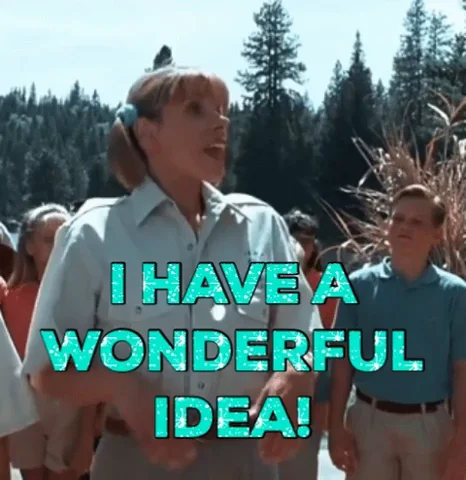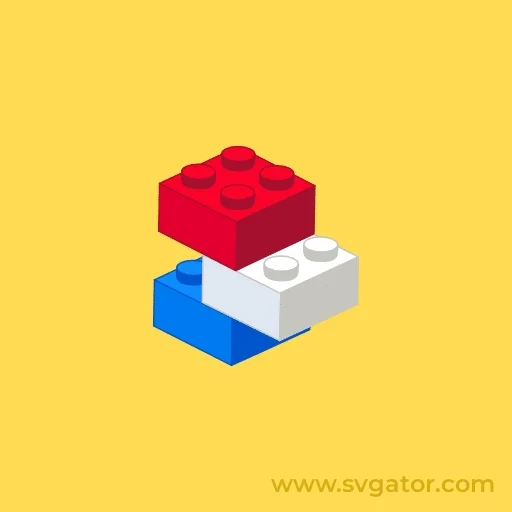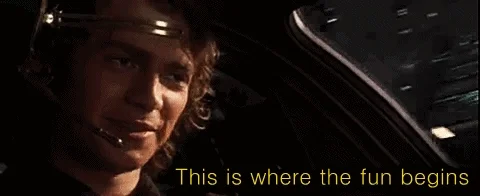
This logo isn't an ad or affiliate link. It's an organization that shares in our mission, and empowered the authors to share their insights in Byte form.
Rumie vets Bytes for compliance with our
Standards.
The organization is responsible for the completeness and reliability of the content.
Learn more
about how Rumie works with partners.
"I have a great idea!"
Does this sound like you or someone on your team? Would you like it to? Creating a strong environment for idea generation is key to being able to find working solutions. You have your whiteboards and your post-its, but how do you approach the actual session?

What is an idea generation session?
It's a meeting where the best and brightest (or whoever you decide to invite) get together to come up with ideas on how to tackle a problem.
Instead of just asking people for solutions, it's a good idea to have a bunch of people actually come together (right now, over me 🎶) and figure things out. It's also known as an ideation session.
A great ideation session can yield some tremendous results, and you might come up with something truly brilliant!
Who Will Be There?
You'll have to consider who will be the participants, as well as who will lead the session.

For your audience, you'll want to invite those who not only are interested in the session, but those who can bring unique perspectives. You'll want lots of opinions, but everyone needs to be aligned on the goal.
For your facilitator, it's important to have someone who can strike the right balance between:
Guiding but not forcing the group in a particular direction
Leading but not taking over discussions
Allowing ideas to flow while keeping the group on track
Your facilitator should be like the cool teacher, not like the substitute who demands everyone does their work.
Once you've assembled your motley crew, the ideas will storm in!
Structure
An ideation session is a lot like a building — it requires a solid structure. A good idea is to use a 3 part structure. This helps the day run smoothly and you'll have a good idea of what the goal of each part of the session is.
Here's an example of a 3 part structure:
Part 1: Understanding the problem and ensuring everyone is aligned on the objective (30 minutes)
Part 2: Introduce different ways to ideate and start coming up with ideas (30 minutes)
Part 3: Refine those ideas and come up with practical solutions (1 hour)

You can change the length of each part depending on how long your session is, but you'll want to spend roughly the same amount of time on each part. You can break up your day however you want, but it should have a clear beginning, middle, and end.
Quiz
Which of the following would NOT make a good 3 part structure?
This structure doesn't spend time understanding the issue or ensuring people are aligned before jumping into ideation
How to Ideate

There are oodles of ways to ideate, and they all have their advantages/disadvantages. One of the best ways is called the design thinking methodology:
Empathize — Who are you trying to help and what are their needs?
Define — What is the core issue you are trying to address?
Ideate — Generate as many ideas as you can and organize them into categories.
Prototype — Come up with potential solutions from your best ideas.
Test — Try your solutions out!
There are more ideation methods out there than you can shake a stick at. Here are some ideas to get you started!
You'll need whiteboards and post-it notes, and if you want to make things digital, there are tons of sites that can help like Miro or Klaxoon.
Wrapping It Up
You can also finish your session with an activity to make people accountable. A simple example of this is with a commitment card, where participants write down how they'll commit to making the solutions a reality.

So your session was fruitful and there were many juicy ideas that came about. What next?
You want to ensure that people actually implement the ideas and use the momentum generated during your session.
Be sure to follow up with your participants after a few weeks or months and see if they were able to implement any of the ideas generated during the session.
Take Action

Now you're ready to plan your own idea generation session! Just keep the following in mind, and who knows? You might come up with the best thing since sliced bread or those little pieces of plastic on the ends of shoelaces:
This Byte has been authored by
Ira Miller
Technology Specialist